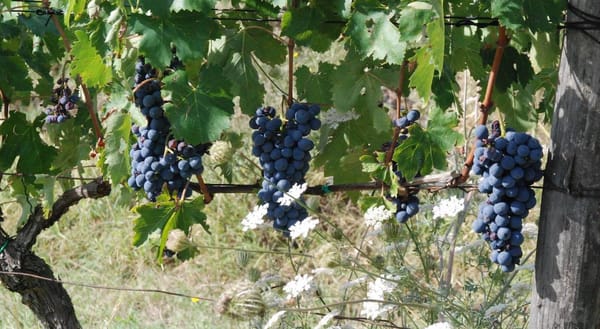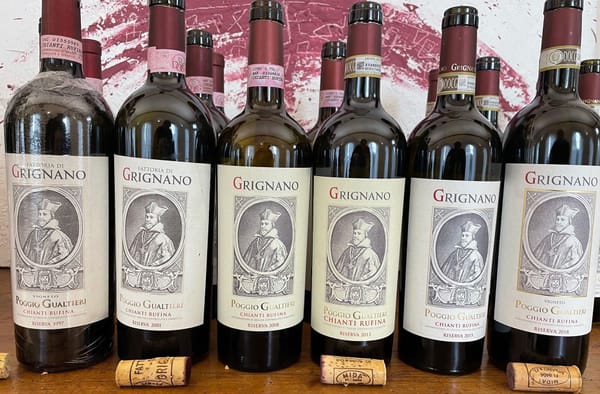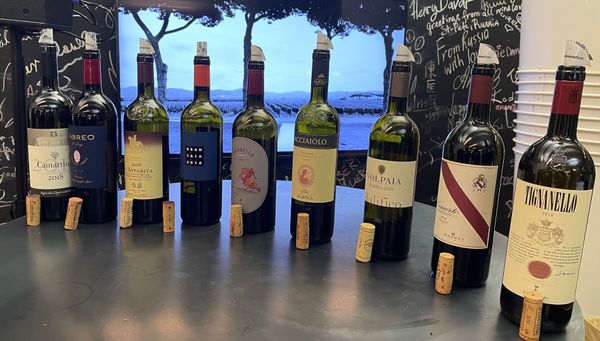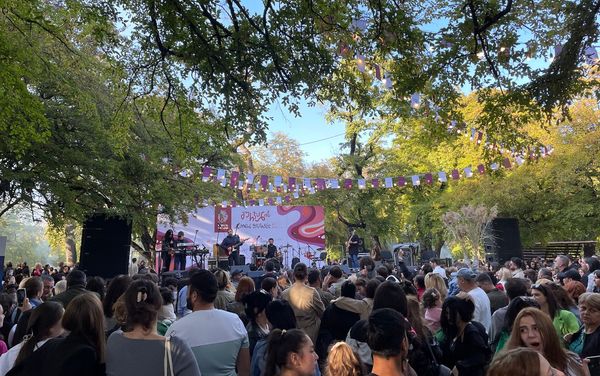Appellation Guide: Sauternes AOC (Bordeaux, France)
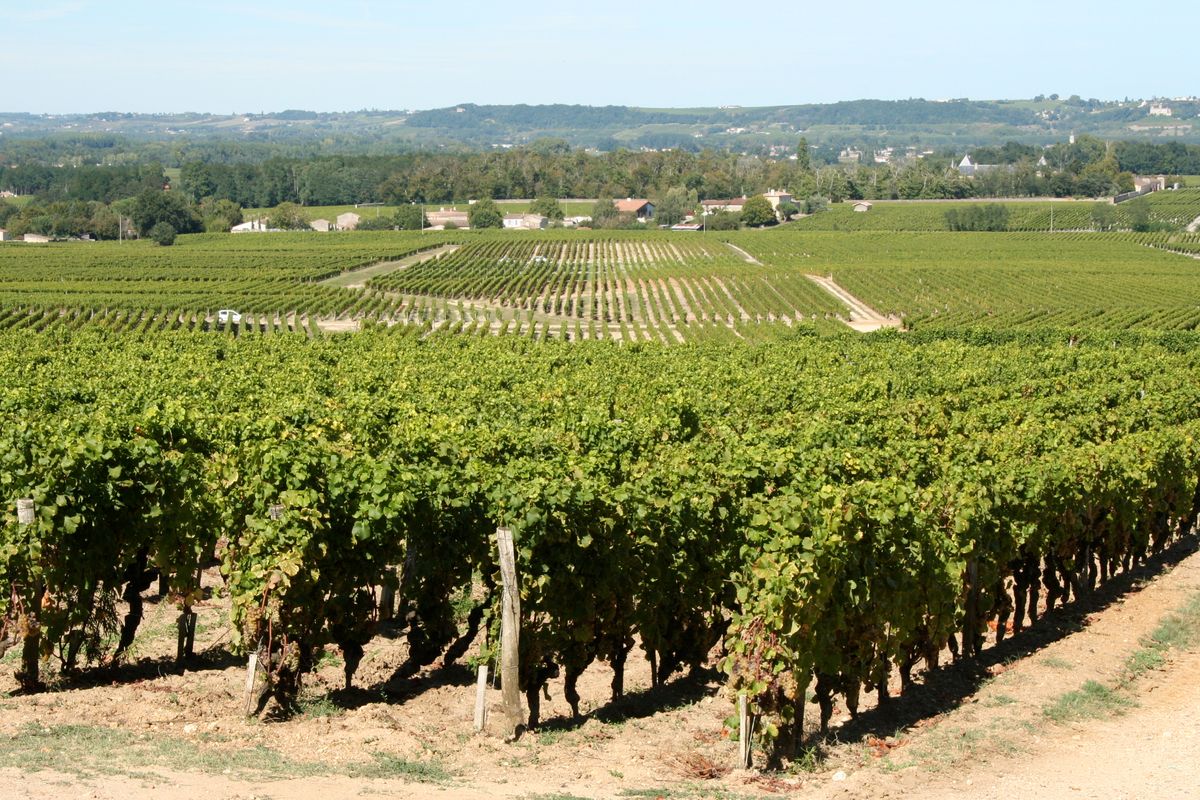
France > Bordeaux > Sauternes AOC
Sauternes, on its day, is undoubtedly the best sweet wine in the world. The microclimate that prevails in this little area south of Bordeaux is conducive to producing naturally sweet, complex wines, some of which are amongst the most expensive wines in the world. Golden in colour with pronounced nuances of honey, apricot, and dried fruits the best wines are capable of ageing for over 100 years.
The reason for such high quality in these wines is due to the three grape varieties grown here, Semillon, Sauvignon Blanc and Muscadelle. These grapes are particularly sensitive to a desirable form of rot induced by the morning fogs that descend on villages of Sauternes and Barsac. The moist, humid atmosphere is followed by drier, sunnier afternoons and thus creates the perfect conditions for Botrytis Cinerea. This grey mould shrivels the berries and consequently radically increases the ratio of sugar to water, hence the final wine is accordingly sweet.
At harvest time, late August to early September, selection in the vineyard is often an arduous process. Pickers will select individual bunches from the vines and sometimes even individual berries, returning over the course of several days to ensure the fruit is picked at its optimum ripeness. These semi raisined berries will undergo further sorting in the winery.
The Bordeaux classification system of 1855 is also used in Sauternes although is considerably less complicated. Two tiers of Chateaux, based largely on the market value of wines in the early 19th Century, supposedly give an indication of quality. Premier cru classé A and premier cru classé B split the top producers while Chateau Y’Quem, considered the best, sits in a class of its own - Premier cru classé Supérieur.
Five communes are legally allowed to label their wine as Sauternes AOC; Barsac, Sauternes itself, Bommes, Fargues and Preignac. Wines produced in Barsac can if they wish carry the Barsac AOC denomination of origin and are typically lighter and dryer in style than those of Sauternes. Although there are no specific regulations on the amount of residual sugar a Sauternes wines must carry, the final wines are required to undergo an official tasting where the wines must show a clear and distinctive sweetness.
These wines are amazingly costly to make. The cost of manual harvesting and the inevitable fact that in certain vintages weather will deem it impossible to make sweet wine means that these wines carry a high price tag.

